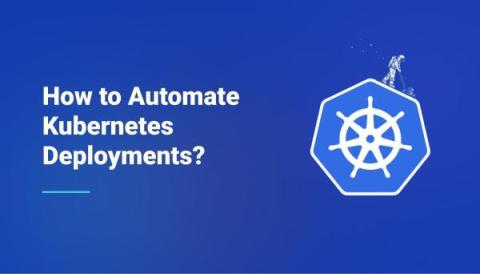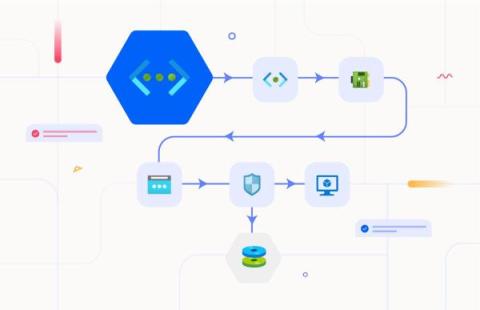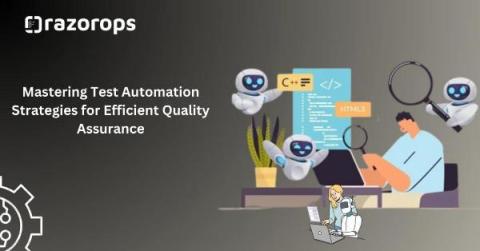The Human Side of Automation: Building a Culture of Empowerment
In the age of digital transformation, where technology reigns supreme and automation is the buzzword of the day, it’s easy for organizations to prioritize the latest tools and platforms while overlooking the essential role that people play in the success of automation initiatives. While technology undoubtedly drives efficiency and innovation, it’s the human element that can truly unlock the full potential of automation.











